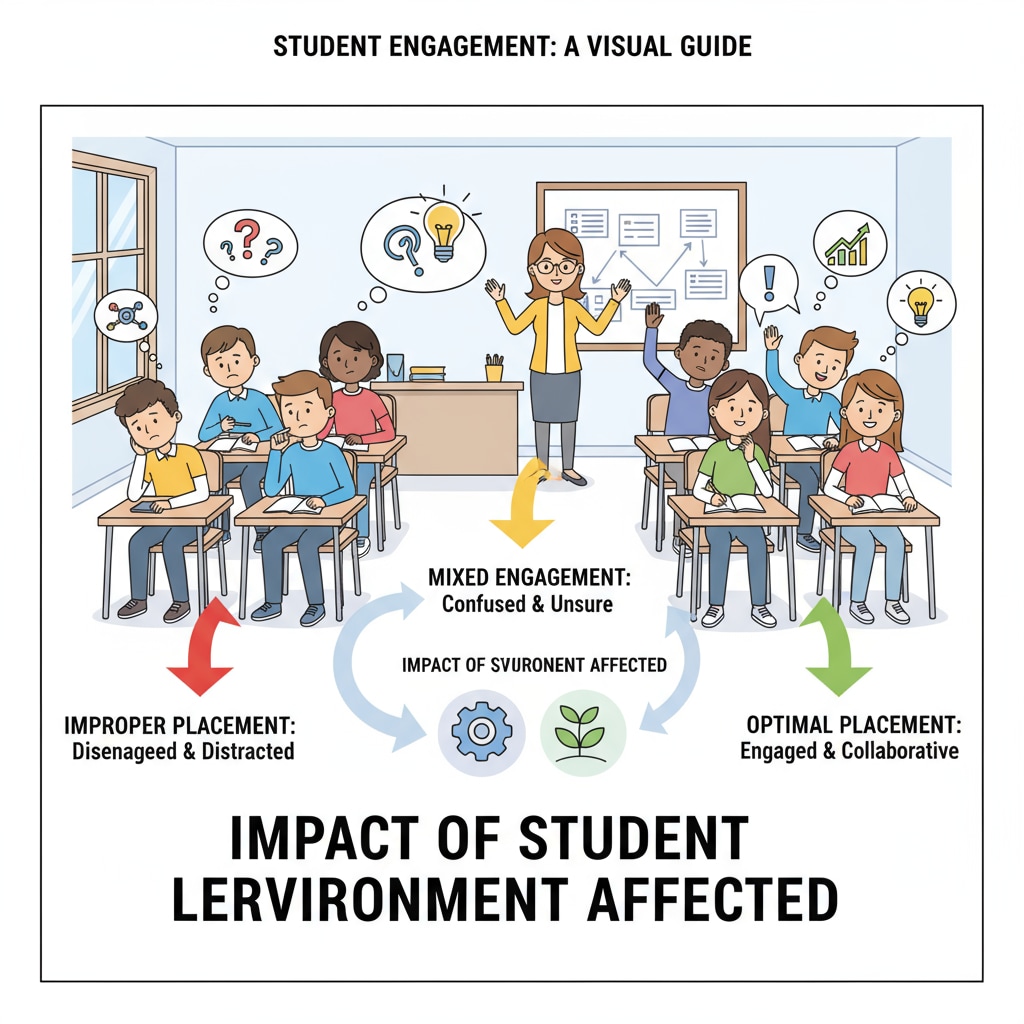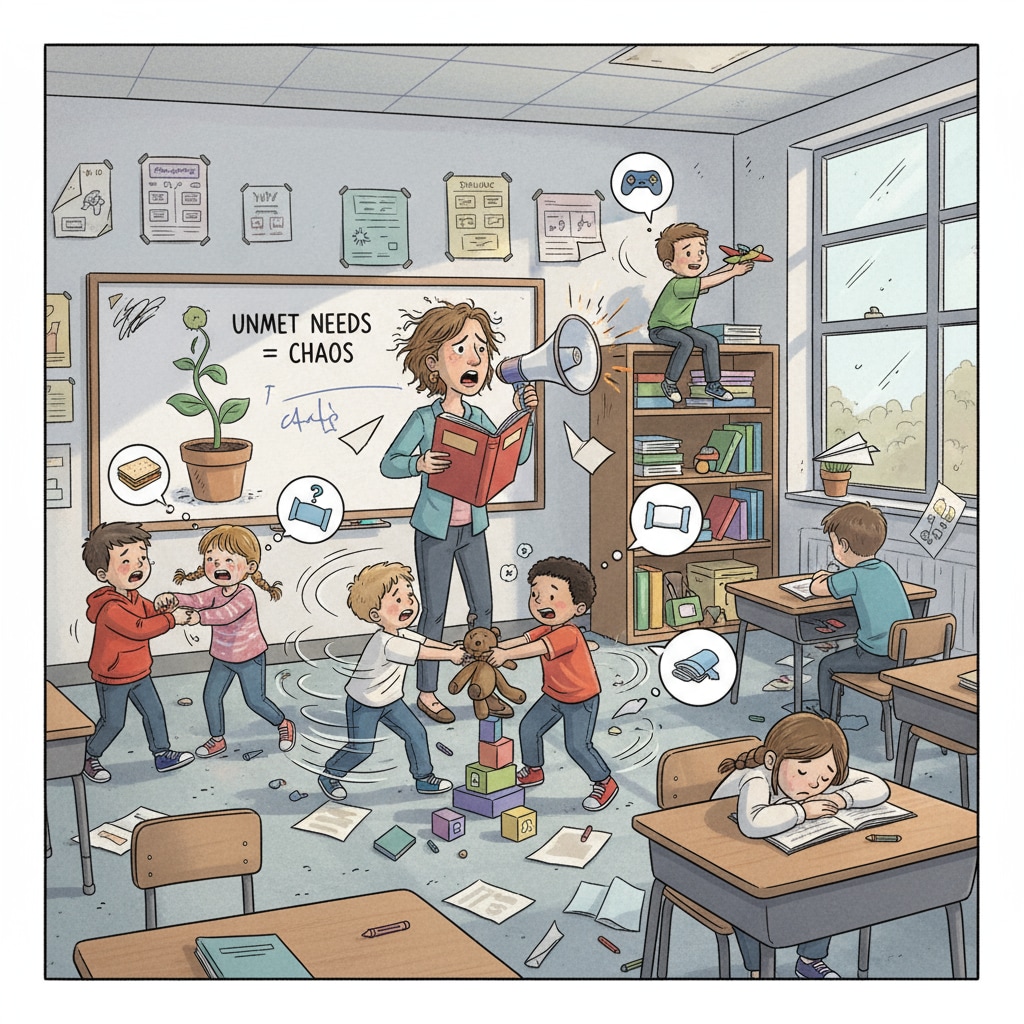In the realm of educational environment, student stratification, and classroom management, a notable issue has emerged: the lack of appropriate placement for students with medium learning ability who also possess a strong learning willingness. The current educational system seems to have a blind spot when it comes to these students, leading to various problems.

The Problem of Teaching Resource Mismatch
One of the major consequences of this oversight is the mismatch of teaching resources. In many classrooms, the curriculum and teaching methods are often tailored to either high-achieving students or those with learning difficulties. For example, teachers may spend a great deal of time explaining basic concepts for struggling students, leaving less time for in-depth exploration that could benefit medium-ability students. As a result, these medium-ability students are not fully engaged, and the resources dedicated to their potential growth are wasted. According to Education Reform on Wikipedia, a well-planned educational system should ensure an equitable distribution of resources among different student groups.
The Deterioration of the Classroom Environment
The lack of proper placement for medium-ability students also contributes to the deterioration of the classroom environment. When students’ learning needs are not met appropriately, it can lead to behavioral issues. Medium-ability students may become disengaged, which in turn disrupts the overall learning atmosphere. For instance, they might start to chat with classmates or show disinterest in lessons. This not only affects their own learning but also distracts other students. As Educational Psychology on Britannica points out, a positive classroom environment is crucial for effective learning.

The need to reconstruct the educational stratification system is becoming increasingly urgent. By creating a more nuanced stratification system, we can better meet the diverse needs of students. This could involve setting up different levels of courses or providing individualized learning plans for medium-ability students. For example, offering advanced elective courses for those who are ready to explore further. In addition, improving classroom management strategies to create a more inclusive and engaging environment for all students is essential. Only in this way can we ensure that every student, regardless of their learning ability level, can receive an education that suits them and thrive in the educational environment.
Readability guidance: This article uses short paragraphs to clearly present the problems and solutions related to the placement of medium-ability students. By highlighting the issues of resource mismatch and classroom environment deterioration, it emphasizes the importance of reconstructing the educational stratification system. Transition words like “for example”, “as a result”, and “in addition” are used to make the flow of the article more logical.


